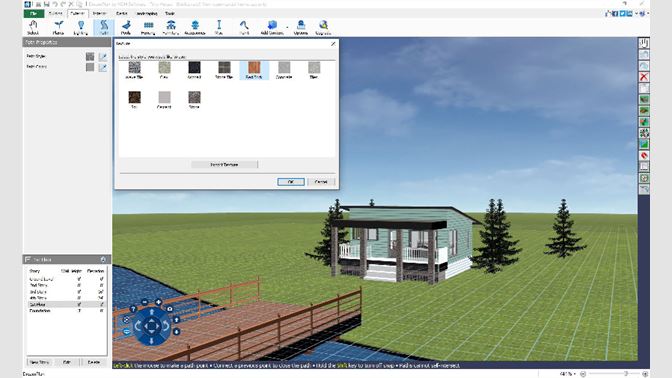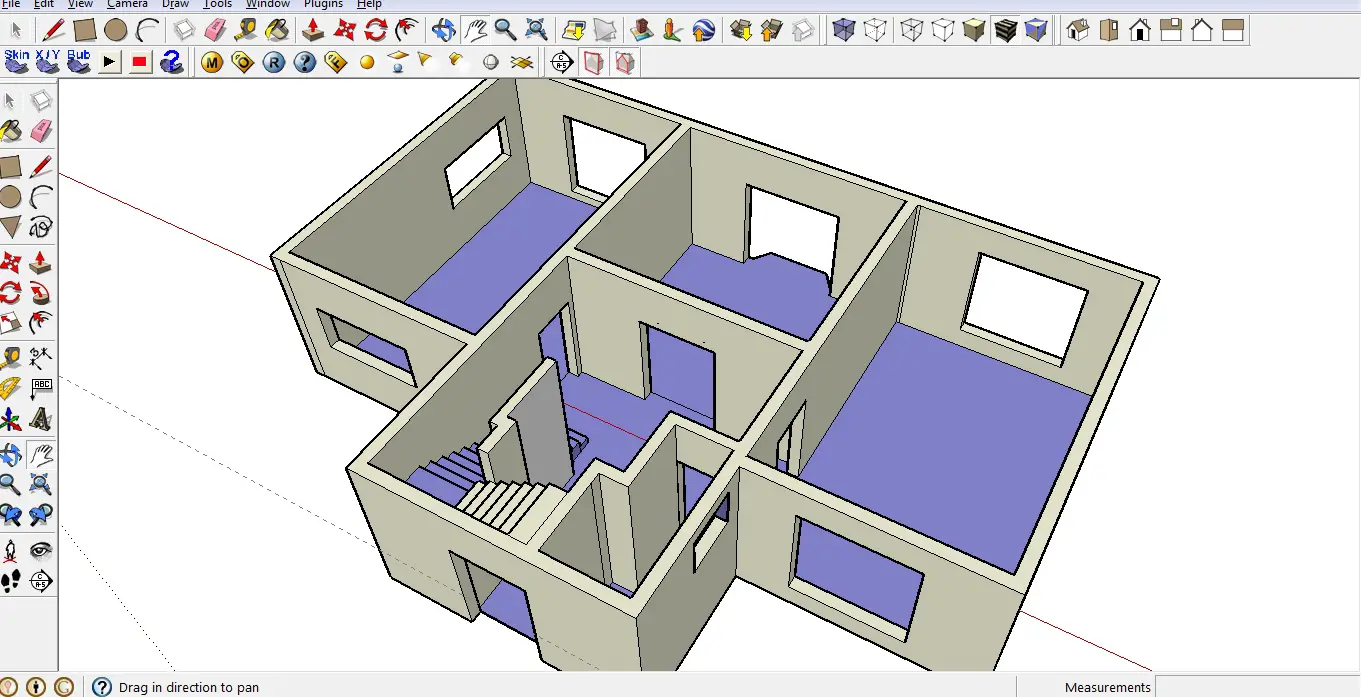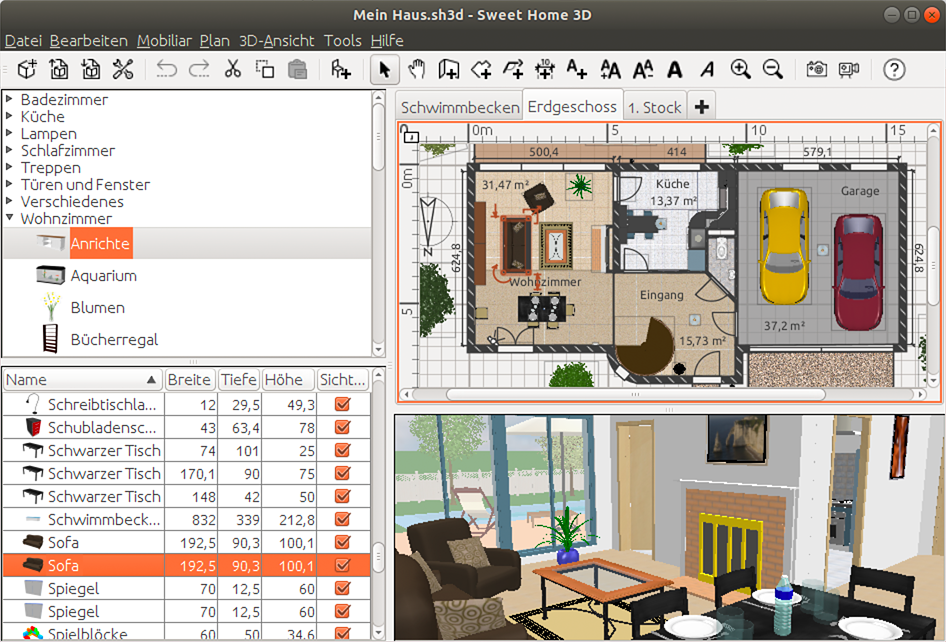

τὸ ἴχνος, íchnos, "track, trace" and γράφειν, gráphein, "to write" pronounced ik-nog-rəfi) was first described by Vitruvius (i.2) and included the geometrical projection or horizontal section representing the plan of any building, taken at such a level as to show the outer walls, with the doorways, windows, fireplaces, etc., and the correct thickness of the walls the position of piers, columns or pilasters, courtyards and other features which constitute the design, as to scale.įloor plan topics Building blocks įloor plans use standard symbols to indicate features such as doors. The art of constructing ground plans ( ichnography Gr. RCPs are used by designers and architects to demonstrate lighting, visible mechanical features, and ceiling forms as part of the documents provided for construction.

This convention maintains the same orientation of the floor and ceilings plans – looking down from above. Drawings are now reproduced using plotters and large format xerographic copiers.Ī reflected ceiling plan (RCP) shows a view of the room as if looking from above, through the ceiling, at a mirror installed one foot below the ceiling level, which shows the reflected image of the ceiling above. For example, it may denote the arrangement of the displayed objects at an exhibition, or the arrangement of exhibitor booths at a convention. The term may be used in general to describe any drawing showing the physical layout of objects. Plan view or planform is defined as a vertical orthographic projection of an object on a horizontal plane, like a map.

Objects below this level are seen, objects at this level are shown 'cut' in plan-section, and objects above this vertical position within the structure are omitted or shown dashed. Similar to a map, the orientation of the view is downward from above, but unlike a conventional map, a plan is drawn at a particular vertical position (commonly at about four feet above the floor).


 0 kommentar(er)
0 kommentar(er)
